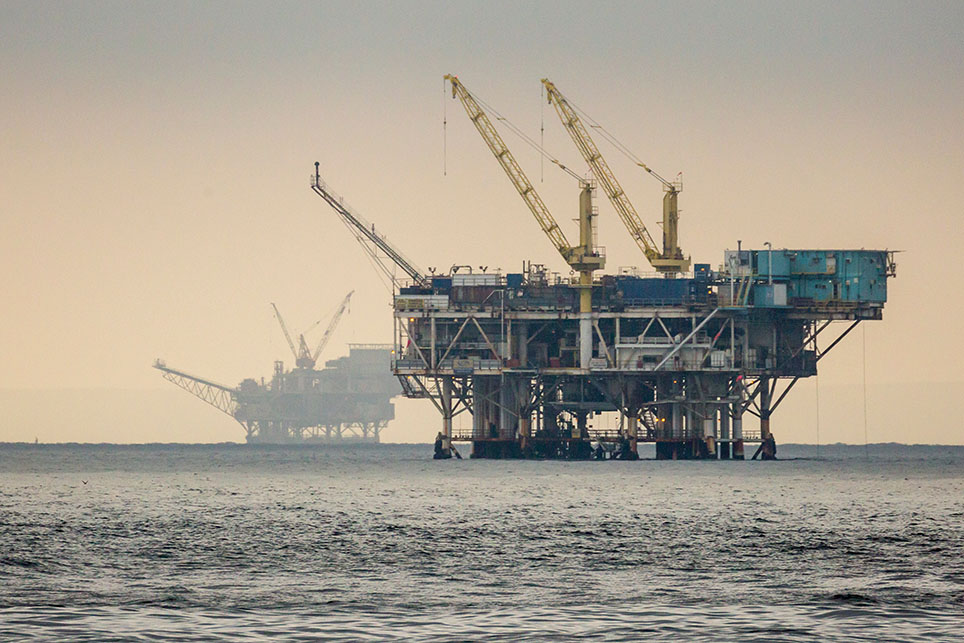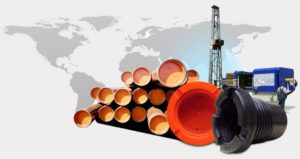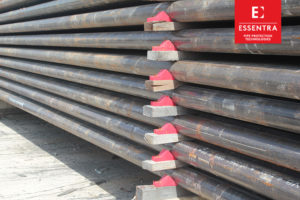Oil rig production is a complex and multifaceted industry that plays a crucial role in meeting the global energy demand. However, it faces numerous challenges hindering efficiency, safety, and profitability.
Overcoming Key Obstacles in Oil Rig Production
The industry must continually adapt and innovate from harsh environmental conditions to technological limitations to overcome these obstacles. In this blog, we will explore some key challenges in oil rig production and the solutions being implemented to address them.
1. Harsh Environmental Conditions
Challenge:
Oil rigs are often located in remote and inhospitable environments, such as deepwater offshore sites or arctic regions. These locations present significant challenges, including extreme weather conditions, high pressure, and corrosive environments. Such conditions can lead to equipment failures, safety hazards, and operational delays.
Solutions:
- Advanced Materials and Coatings: Corrosion-resistant materials and specialized coatings can protect equipment from harsh conditions. For example, stainless steel and titanium alloys are commonly used to construct rigs and pipelines.
- Weather-Resistant Technologies: Implementing weather-resistant technologies, such as ice-resistant platforms in arctic regions or hurricane-proof structures in offshore sites, can enhance the durability and safety of oil rigs.
- Remote Monitoring and Automation: Utilizing remote monitoring systems and automation technologies can reduce the need for human presence in hazardous environments. Drones and autonomous underwater vehicles (AUVs) can inspect and maintain equipment in difficult or dangerous areas.
2. Safety Concerns
Challenge:
The oil and gas industry is inherently hazardous, with risks including explosions, fires, and oil spills. Ensuring the safety of workers and the environment is paramount, but achieving this is challenging due to the complex and dynamic nature of oil rig operations.
Solutions:
- Comprehensive Safety Training: Providing rigorous and ongoing safety training for all personnel is essential. This includes emergency response drills, proper handling of hazardous materials, and adherence to safety protocols.
- Advanced Safety Systems: Implementing advanced safety systems, such as blowout preventers (BOPs), gas detectors, and fire suppression systems, can mitigate the risk of accidents. Regular upkeep and testing of these systems are crucial to ensure their effectiveness.
3. Environmental Impact
Challenge:
Oil and gas production has significant environmental impacts, including greenhouse gas emissions, water pollution, and habitat disruption. Meeting regulatory requirements and minimizing these impacts while maintaining profitability is a major challenge for the industry.
Solutions:
- Sustainable Practices: Implementing sustainable practices, such as reducing natural gas flaring and venting, optimizing water usage, and minimizing waste generation, can mitigate environmental impacts. Techniques like carbon capture and storage (CCS) can also reduce greenhouse gas emissions.
- Environmental Monitoring: Continuous environmental monitoring using sensors and remote sensing technologies can track the impact of operations on the environment. This data can inform mitigation strategies and ensure compliance with regulatory standards.

4. Regulatory Compliance
Challenge:
The oil and gas industry is subject to stringent regulations and standards designed to ensure safety, environmental protection, and fair business practices. Navigating this complex regulatory landscape can be challenging, especially for multinational companies operating in multiple jurisdictions.
Solutions:
- Compliance Management Systems: Implementing robust systems can help organizations track and adhere to regulatory requirements. These systems can automate compliance tasks, such as reporting and documentation, reducing non-compliance risk.
- Regular Audits: Regular internal and external audits can identify compliance gaps and areas for improvement. Audits can also ensure that best practices are followed and issues are addressed promptly.
- Training and Education: Providing ongoing training and education for employees on regulatory requirements and compliance procedures is essential. Keeping staff informed about regulations and changes in industry standards can prevent unintentional violations.
5. Logistical and Communication
Challenge:
Oil rigs are often located in remote areas, making logistics and communication challenging. Ensuring the efficient transportation of supplies, equipment, and personnel and maintaining clear communication between offshore and onshore teams is crucial for smooth operations.
Solutions:
- Advanced Communication Technologies: Utilizing satellite communication systems, high-frequency radios, and internet-based communication tools can enhance connectivity between remote rigs and onshore facilities. These technologies ensure real-time data transmission and coordination.
- Efficient Logistics Planning: Implementing sophisticated logistics planning software can optimize the transportation of supplies and personnel. Predictive analytics can help anticipate needs and reduce delays, ensuring operations continue smoothly.
Learn More About Oil Rig Production
The oil rig production industry faces numerous challenges, from harsh environmental conditions to stringent regulatory requirements. However, the industry can overcome these obstacles through innovation, investment in technology, and a commitment to safety and sustainability.
For more information about oil rig production, contact MSI Pipe Protection Technologies. Our experts in Houston, TX, are ready to provide insights and solutions tailored to your needs, ensuring your operations are efficient, safe, and sustainable. Give us a call today!




